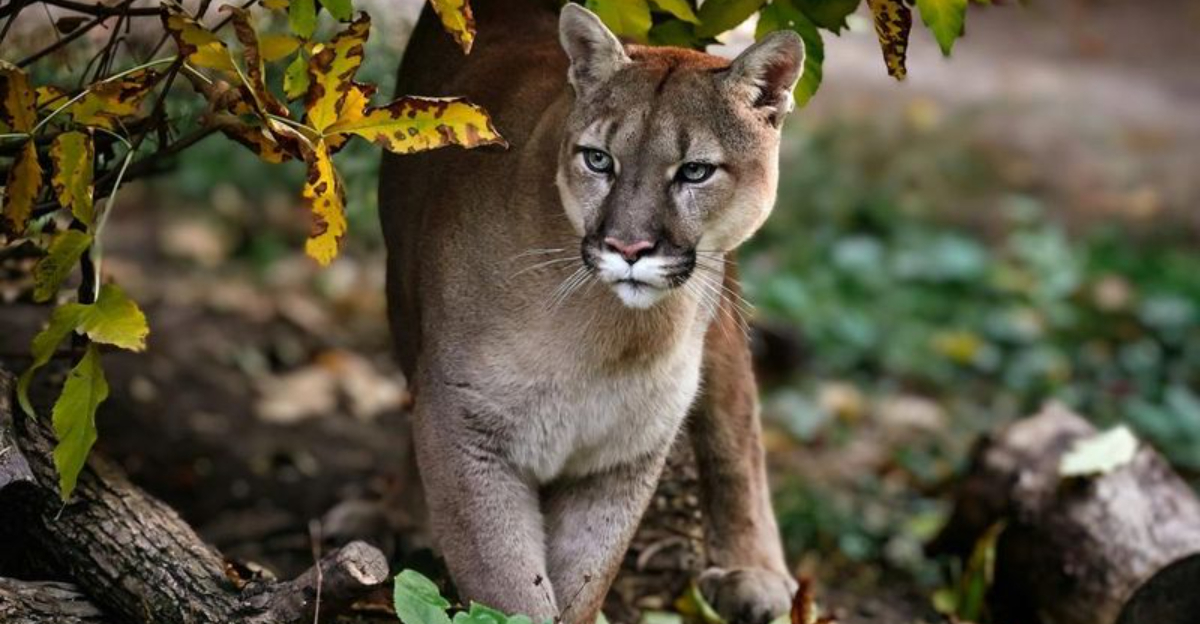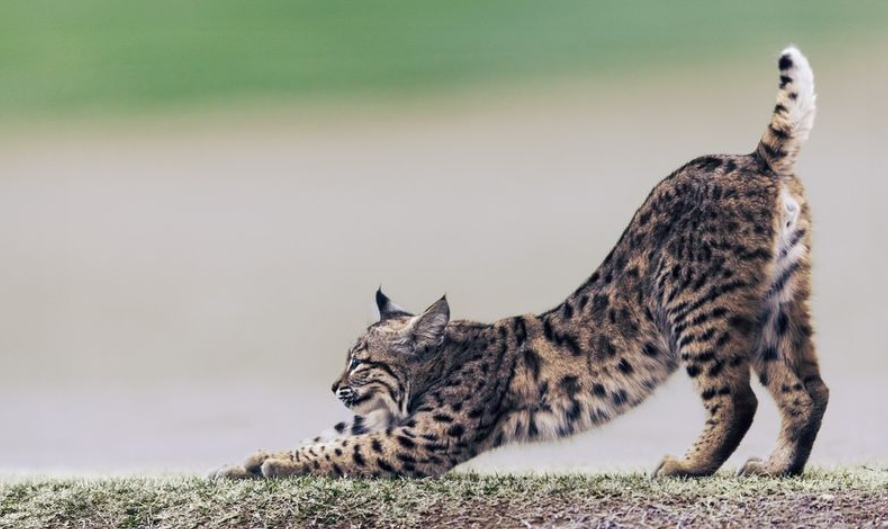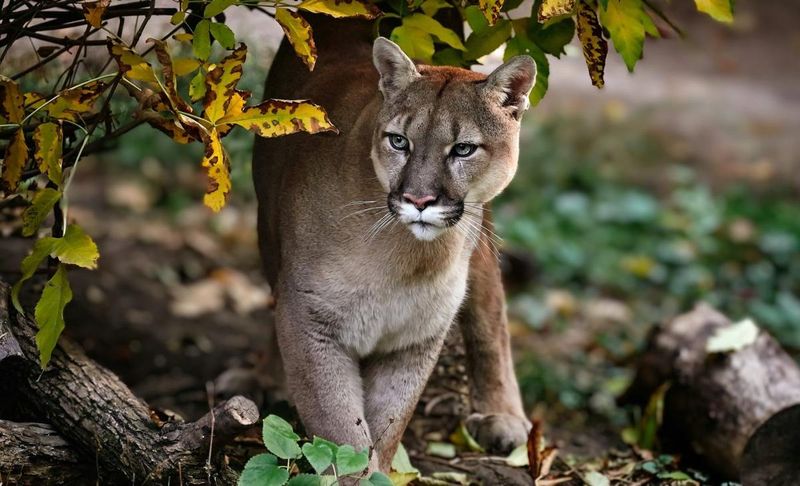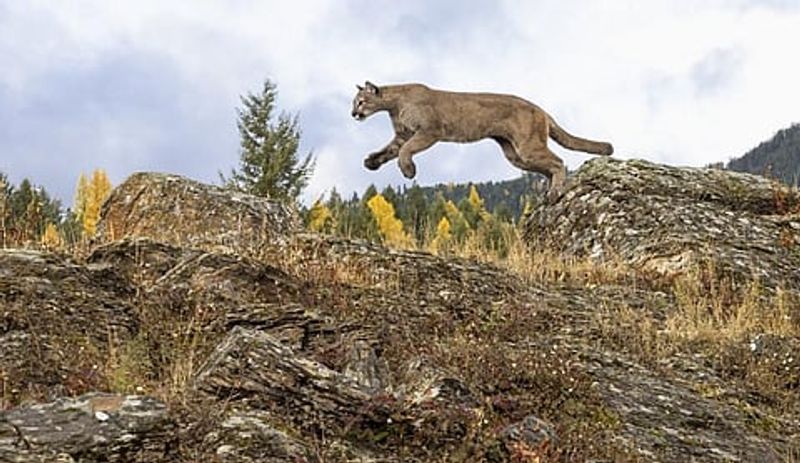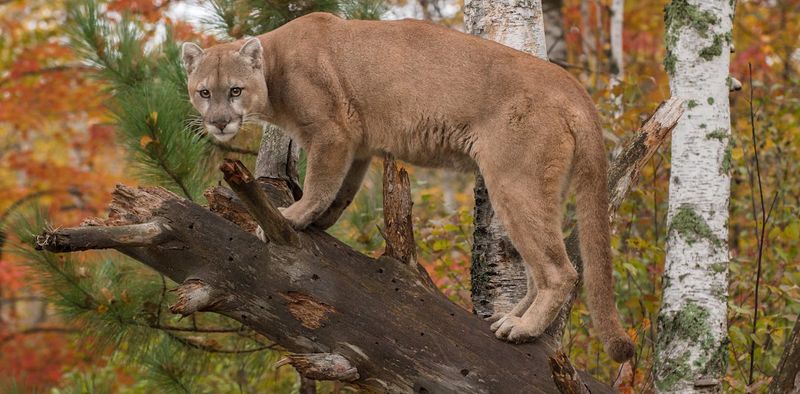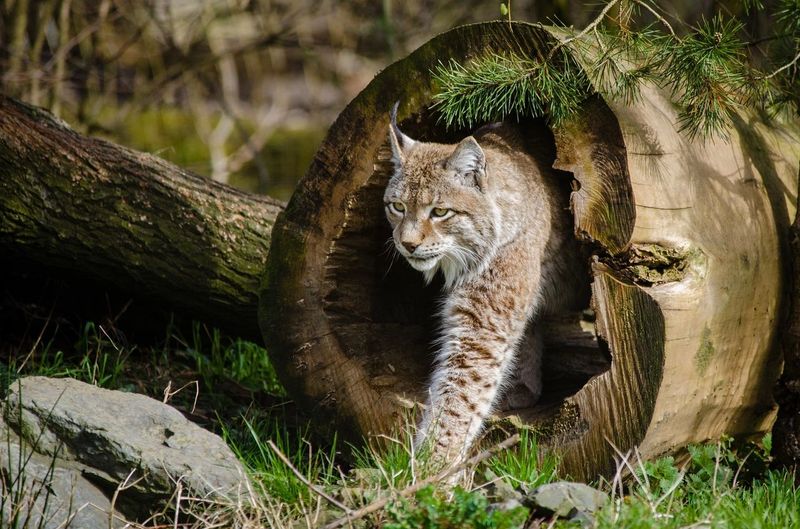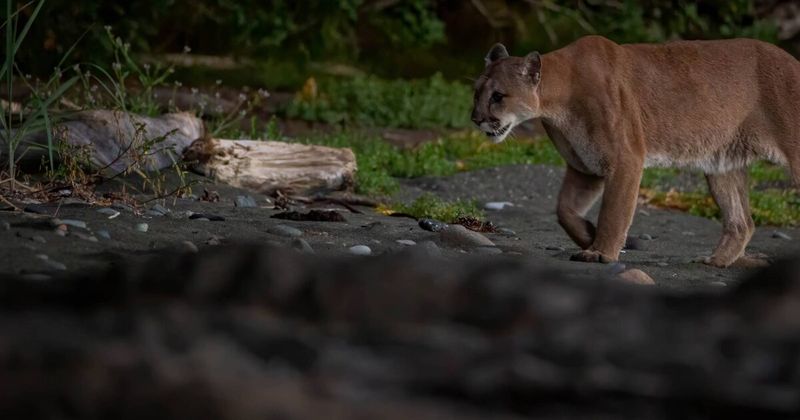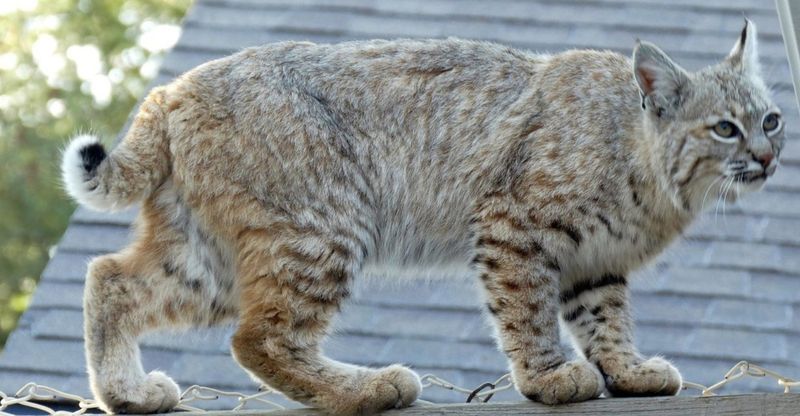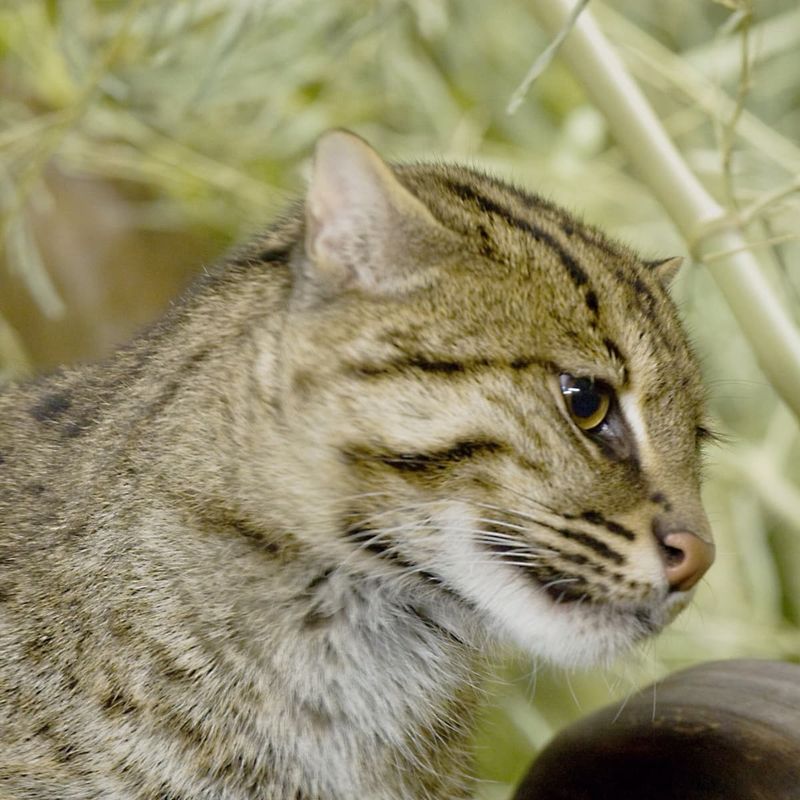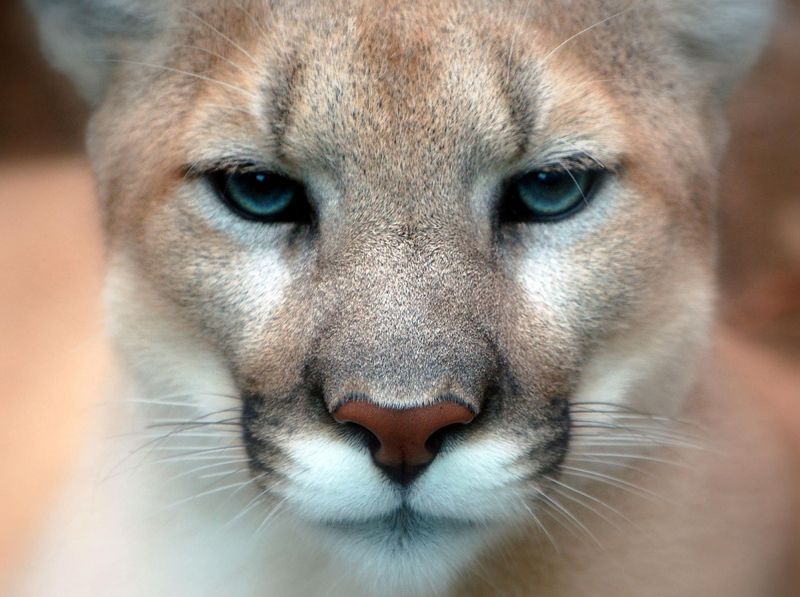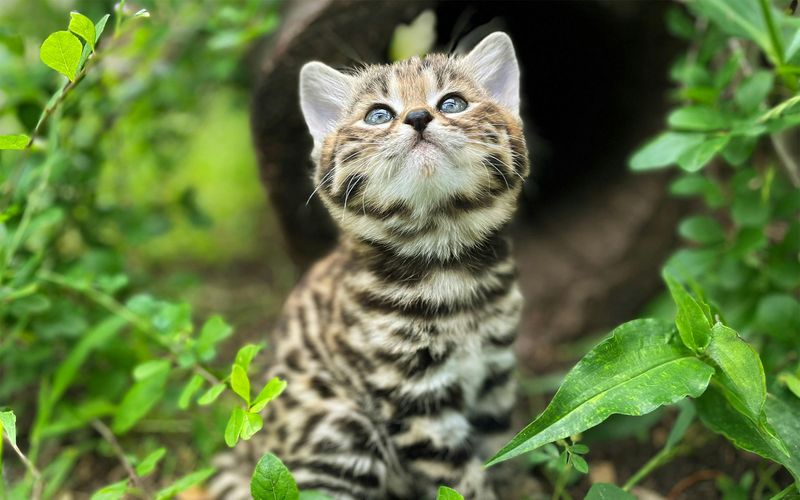📖 Table of Content:
Across the vast and varied landscapes of the United States—from dense Appalachian forests to arid Southwestern deserts—wild cats roam as apex and mesopredators, subtly yet powerfully shaping the world around them. These elusive and often misunderstood creatures include species like the bobcat, cougar, and Canada lynx, each uniquely adapted to their environment and playing an essential role in maintaining ecological harmony. Their presence is not merely a symbol of wildness; it’s a functional necessity for the ecosystems they inhabit.
As ecological linchpins, wild cats influence everything from prey populations to plant regeneration, cascading through food webs with each pounce and stalk. Their hunting habits, territory ranges, and behavioral interactions ripple outward, affecting a multitude of species—including humans, who benefit indirectly through more balanced ecosystems. Without these top and middle-tier predators, the natural world would face imbalances that could degrade biodiversity and ecosystem services.
In the face of growing urbanization, habitat loss, and climate change, understanding the nuanced roles wild cats play is more important than ever. This article explores ten key ways wild cats help sustain the U.S. ecosystem. From population control to indirect engineering of their habitats, these predators are more than just powerful hunters—they are guardians of ecological resilience.
1. Population Control of Prey Species
By actively hunting and culling prey species such as deer, rabbits, and rodents, wild cats naturally regulate animal populations that might otherwise explode in number. When unchecked, herbivore populations can decimate vegetation, leading to soil erosion and habitat degradation. In this way, wild cats prevent overgrazing and support the regeneration of native plant species. Bobcats, for instance, are highly effective at managing rabbit populations across many U.S. states. Cougars play a similar role in controlling deer densities, especially in western regions. This predator-prey dynamic also ensures that prey species remain vigilant and healthy, with weaker individuals more likely to be culled. The result is a more balanced and resilient ecosystem overall.
2. Promoting Biodiversity
Functioning as natural regulators, wild cats contribute to biodiversity by curbing the dominance of a few species and giving others a chance to thrive. When prey populations are managed, smaller flora and fauna that would otherwise be displaced get the opportunity to flourish. These ripple effects help maintain a dynamic and diverse ecological web. For instance, when cougars reduce deer pressure on forest understory, plants that would normally be overbrowsed can regenerate. This regrowth supports insects, birds, and small mammals, thereby enhancing biodiversity across multiple levels. Predatory pressure also prevents prey species from becoming sedentary, encouraging movement that redistributes nutrients and ecological interactions. Each kill or chase helps reset the balance of the wild, nurturing a healthy complexity in the system.
3. Scavenger Support
Each time a wild cat makes a kill, it inadvertently sets a table for other species in the ecosystem. Scavengers like coyotes, foxes, vultures, and beetles depend on leftovers to meet their energy needs, particularly in winter or arid regions where food is scarce. These scavengers, in turn, play vital roles in nutrient recycling and disease control. Carrion left by cougars and bobcats helps support entire communities of organisms, from insects that clean bones to fungi that decompose flesh. Without these food sources, many scavenger species would struggle to survive or be forced into more direct competition with predators. This form of passive feeding links top predators to even the smallest decomposers. It illustrates the interconnectedness of the food web in profound and often unseen ways.
4. Seed Dispersal (Indirect Role)
Though wild cats don’t directly disperse seeds like birds or bears, their impact on seed spread is still significant. By keeping herbivore populations in check, they allow more fruiting plants to survive and produce seeds. These fruits are then consumed and spread by other animals like birds, rodents, and raccoons. Reduced grazing pressure means seedlings are more likely to take root and grow. In areas where deer populations are too high, forest regeneration suffers, but in the presence of cougars, balance is restored. Over time, this facilitates greater plant diversity and healthier soil. Thus, even without touching a seed, wild cats influence the future forest from the shadows.
5. Indicator Species
Serving as bellwethers of environmental health, wild cats can tell us a lot about the condition of an ecosystem. When these predators thrive, it signals that prey populations, vegetation, and habitat quality are all in good shape. Their decline, conversely, often foreshadows deeper ecological problems, such as fragmentation, pollution, or overhunting. Conservationists frequently use the presence or absence of cougars or lynxes as key indicators during habitat assessments. These species require large territories and healthy prey bases, so their survival depends on the landscape being intact and functional. Monitoring them is a cost-effective way to assess broader ecosystem vitality. As such, wild cats are not just part of the system—they’re a measure of its health.
6. Mesopredator Suppression
Helping maintain ecological balance, large wild cats suppress the numbers and behaviors of smaller predators, known as mesopredators. When cougars are present, animals like raccoons, foxes, and skunks become less abundant or more cautious. This suppression helps protect bird eggs, small mammals, and amphibians that mesopredators might otherwise overhunt. It’s a phenomenon known as “mesopredator release,” and it has been observed in ecosystems where top predators have been lost. Wild cats, by asserting dominance in the predator hierarchy, essentially keep the middle rung in check. This cascading control enhances ecosystem resilience by maintaining functional diversity. Their mere presence alters the behaviors of other carnivores, showcasing their far-reaching influence.
7. Disease Control
Managing disease in natural populations is another subtle yet critical role played by wild cats. By targeting weak, sick, or old animals, they reduce the likelihood of disease transmission within prey communities. This natural selection helps prevent outbreaks of illnesses like chronic wasting disease in deer or myxomatosis in rabbits. Healthier prey populations are more stable and reproductively successful. Moreover, fewer diseased carcasses mean less exposure for scavengers and other wildlife. Wild cats also lower the population densities of species that serve as vectors for zoonotic diseases, potentially benefiting humans as well. Their role as health regulators is often overlooked but fundamentally important to ecosystem integrity.
8. Habitat Engineering (Behaviorally)
Through their hunting and territorial behaviors, wild cats indirectly shape the landscapes they inhabit. Prey animals, sensing the presence of a predator, alter their movement and foraging patterns. This behavioral shift can reduce grazing pressure in sensitive areas like streambanks or young forests. Scientists call this the “ecology of fear,” where fear of predation changes an animal’s impact on its environment. In doing so, wild cats create a mosaic of lightly and heavily used areas, benefiting plant and soil diversity. This non-lethal influence contributes to habitat heterogeneity, supporting a wider range of species. The predator’s power lies not only in its claws but also in its shadow.
9. Maintaining Trophic Cascades
Through their apex roles in food chains, wild cats initiate trophic cascades that shape entire ecosystems. When they disappear, herbivore populations often surge, leading to overgrazing and biodiversity loss. Reintroducing predators like cougars into areas like Yellowstone has reversed such damage, restoring balance to both plant and animal communities. The presence of wild cats thus reverberates down to vegetation, insect populations, and even stream health. These effects are complex, often taking years to fully unfold. However, ecological studies consistently demonstrate their profound influence. In this way, wild cats act as silent stewards of landscape stability.
10. Cultural and Educational Value
Beyond biology, wild cats offer humans a chance to connect emotionally and intellectually with nature. Their beauty, mystery, and symbolic power inspire stories, conservation efforts, and tourism across the country. Educational programs that feature these animals help foster environmental awareness, especially among youth. Wild cats also serve as flagship species for broader habitat protection campaigns. People are more likely to support conservation initiatives when charismatic fauna are involved. Ecotourism centered around spotting these cats also brings income to local communities. Ultimately, their value extends beyond science into the cultural fabric of how we relate to the natural world.
